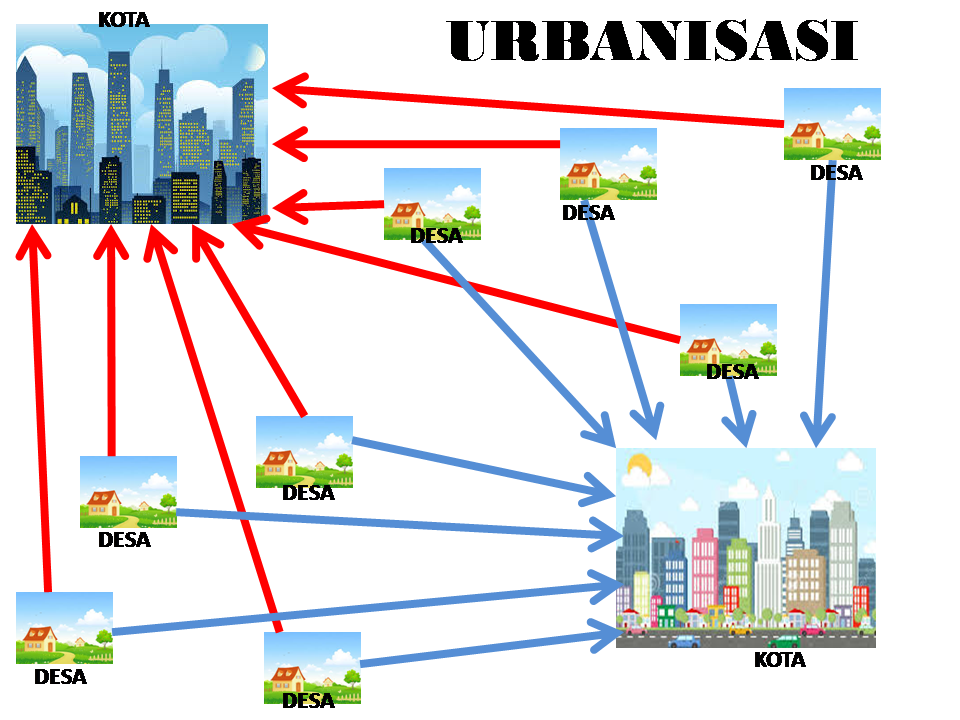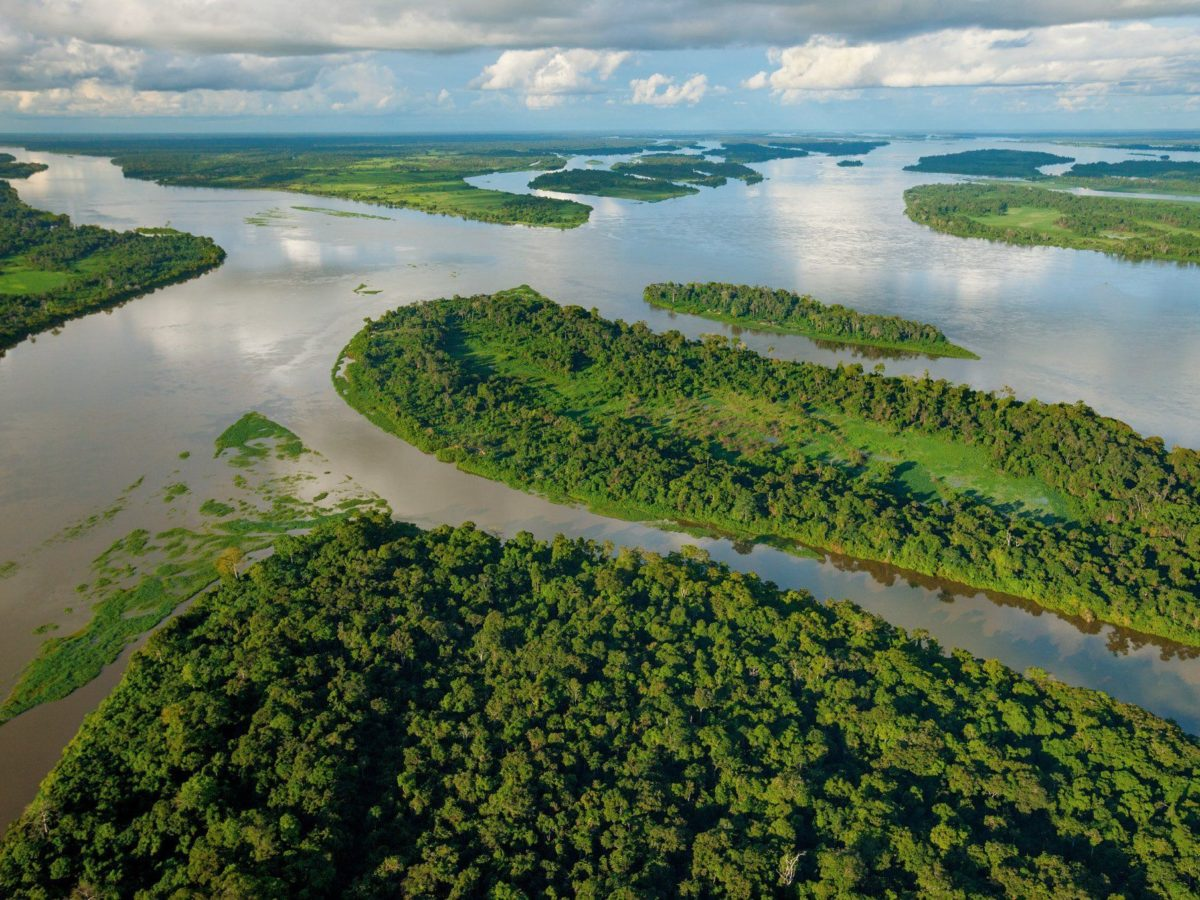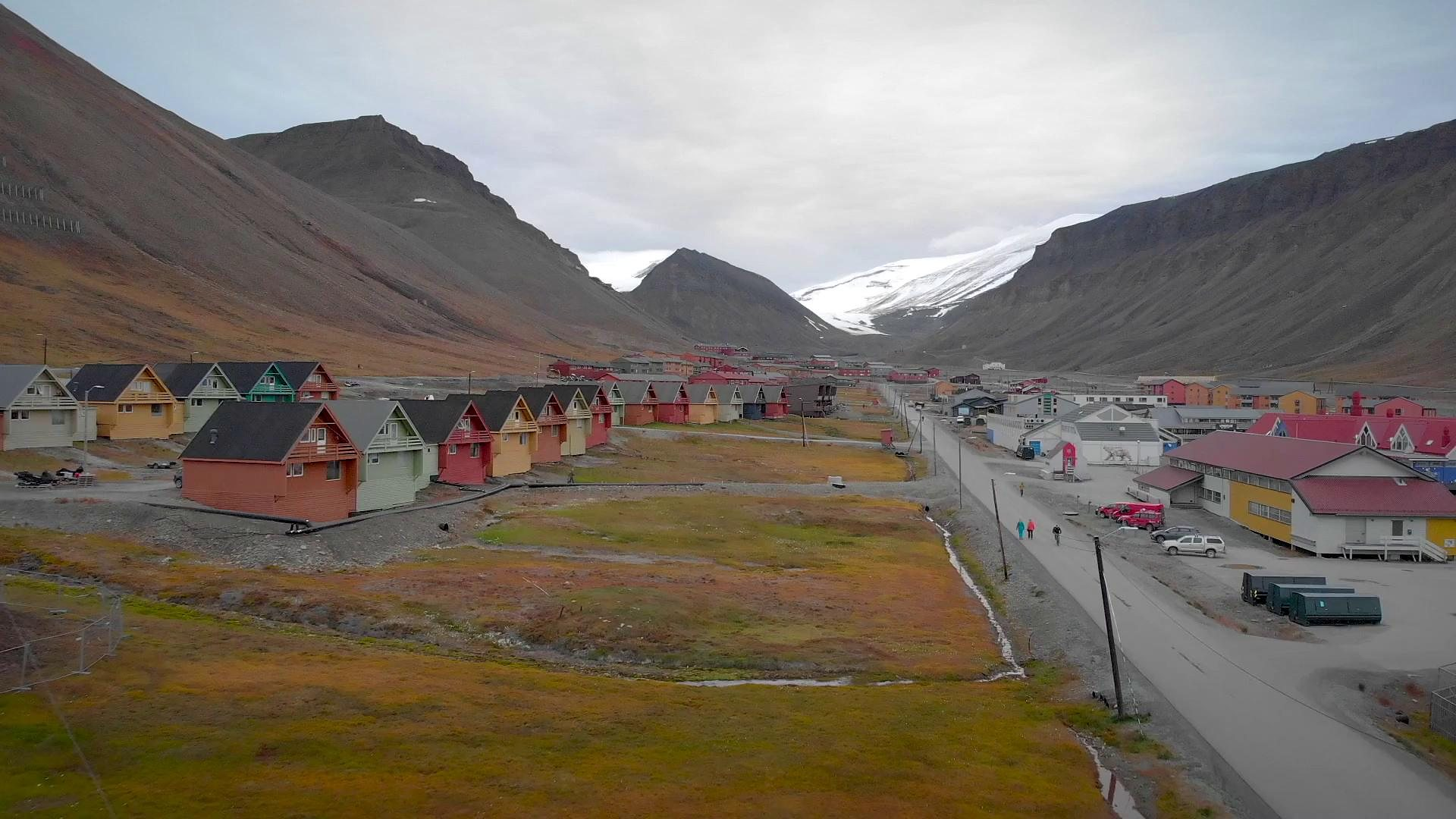While geography traditionally focuses on Earth’s landscapes, extending this lens to our celestial neighbor, the Moon, offers intriguing insights. The Moon, Earth’s only natural satellite, has a diameter of about 3,500 km, making its surface area comparable to that of Africa. Its gravitational pull is approximately one-sixth that of Earth’s, influencing not only lunar phenomena but also Earth’s tides.
The Moon’s surface is characterized by vast plains known as maria, formed by ancient volcanic eruptions, and highlands dotted with impact craters. These features provide a record of the solar system’s history, as the Moon lacks atmospheric processes that erode such formations. Interestingly, the Moon is tidally locked with Earth, meaning the same side always faces us, yet due to a phenomenon called libration, we can observe about 59% of its surface over time.
Understanding the Moon’s geography is not merely academic; it has practical implications for future exploration and habitation. Identifying regions with stable terrain and potential resources, such as water ice in permanently shadowed craters, is crucial for planning sustainable lunar missions. As we stand on the cusp of a new era in space exploration, the Moon’s geography offers both challenges and opportunities for humanity’s next giant leap.




